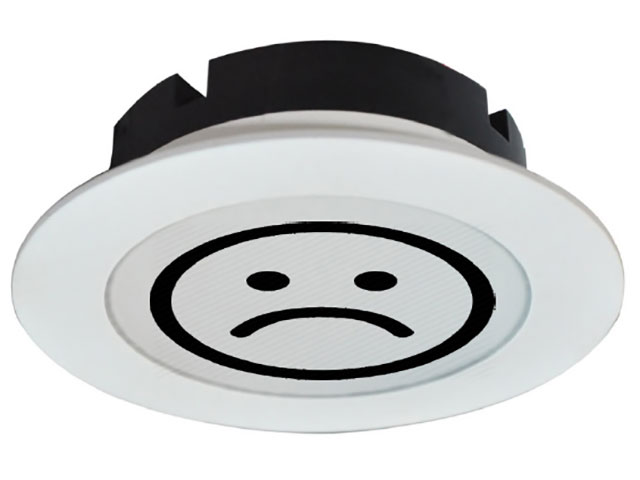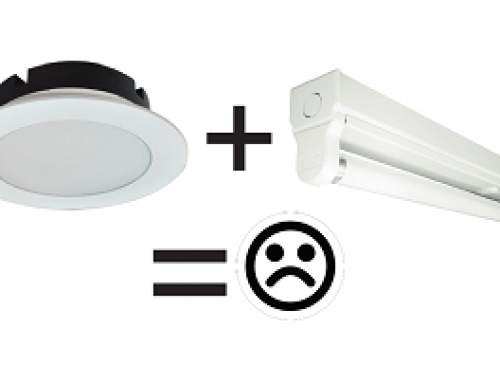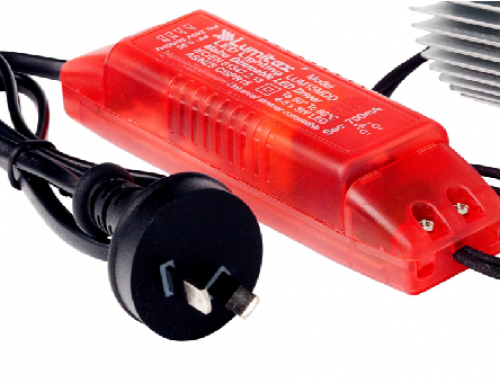The world is realising that LED’s are not the magical, indestructible light source that was once widely believed.
LED’s have certainly come a long way. High quality LED chips, colour conversion phosphors and improved sealing allow exceptional life times for the light source.
Testing standards have evolved to give us fundamental confidence in light output, colour and life expectancy.
However, the long anticipated lifetime of a quality LED chip is only realised if the entire recipe for fitting assembly, as directed by the chip manufacturer, is adhered to. Then, driver quality and the operating environment play a crucial role in the longevity of the system.
An LED chip that has the potential to last 100,000 hours that does not have the correct thermal design will have its life cut dramatically.
The weakest link in the system will often cause the same result: Darkness.
High quality, newer generation drivers may have a potential life of 50,000 hours or more, but realistically 35,000 + hours may be closer to the mark for most earlier, better quality drivers sold. This is still a very long time in actual daily operating time. Essentially, the driver continues to be the weakest link in the LED system.
Driver-less technology is now evolving and promises to eliminate one of the weaker links of LED systems.
Some small, cheaper LED replacement lamps may last only 12,000 hours or less, since there is a very limited footprint to extract heat from the device and limited internal space to enclose higher quality components, which are often physically larger.
Incredibly long lifetime promises abound on the internet without having fundamental evidence to support those claims. Exceptional quality LED lights do exist that should provide very long lifetimes, but they are likely to cost more.
As the industry evolves, it is evident that the quality of warranty support is arguably more important than getting the lowest price, especially in commercial applications.







